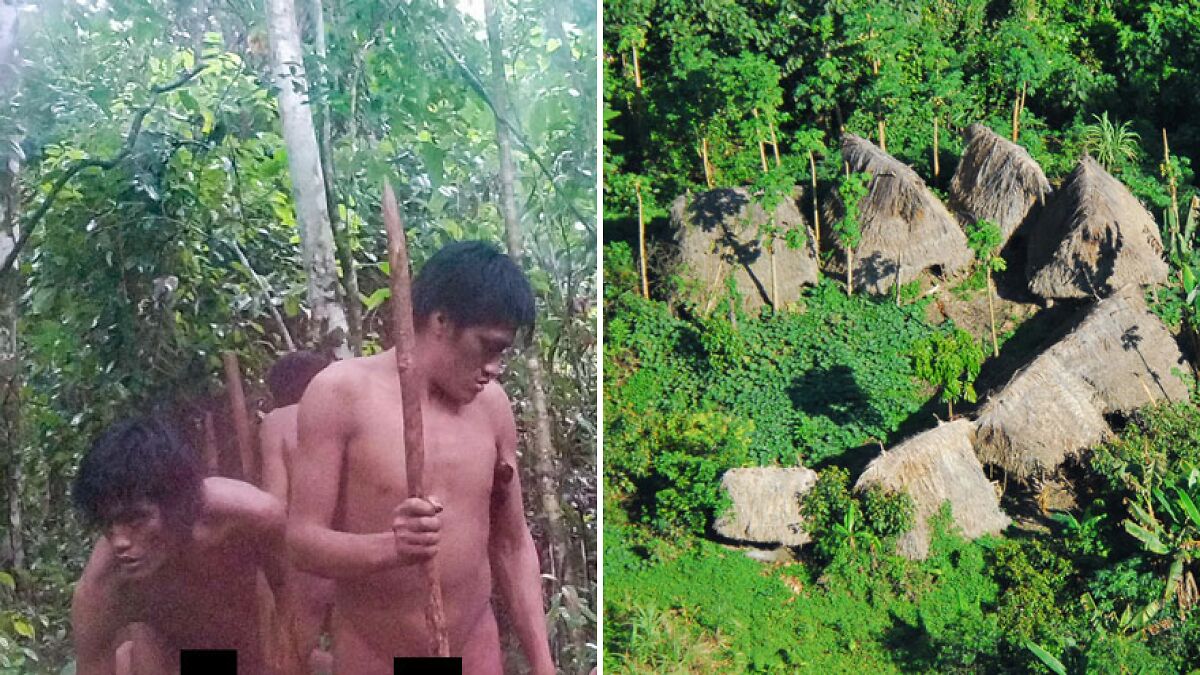
Never-Before-Seen Amazon Tribe Captured In Stunning First Glimpse: “Leave Them Alone”
Groundbreaking footage of an Indigenous community called the Massaco, living in Rondônia, Brazil, has been unveiled. Known for their unique use of traps and bows, the Massaco have been thriving under protection despite threats of deforestation and climate change. The Massaco’s no-contact policy has preserved their land. However, rising numbers and environmental challenges currently threaten to force them into contact with external populations.
- Massaco community captured in unprecedented footage, thriving in Brazil's Rondônia.
- Massaco's no-contact policy preserves their land, despite rising threats.
- Unique hardwood spike traps protect Massaco territory from outsiders.
Amid their population’s growing numbers, the isolated community’s deforested Rondônia state has intensified their efforts to avoid contact.
Moreover, they have been using hidden hardwood spike traps capable of disabling vehicles to protect their land.
Image credits: funai
These signature traps, increasingly found near Brazil’s National Indigenous Peoples Foundation (Funai) bases, have underlined their determination to remain secluded.
Funai is a government agency responsible for protecting and promoting the rights and territories of Indigenous peoples in Brazil.
The Massaco, named after the river that runs through their domain near Brazil’s border with Bolivia, is one of 28 isolated communities confirmed to exist in Brazil, The Guardian reported on Sunday (December 22).
Photos have revealed a thriving, never-before-seen tribe in Rondônia, Brazil
Image credits: funai
The community is reportedly notable for being meticulous hunters with longbows and for protecting their land from unwanted visitors with traps of hidden hardwood spikes so sturdy they can take out a tractor tire.
Consequently, the community’s spikes have been found at the base from which Funai veteran Altair Algayer has overseen the protection of the 421,000-hectare (1.04m-acre) territory.
Algayer reportedly used rainforest cameras to estimate the Massaco population, without contact, using images from 2019 and 2024 to provide crucial proof of their existence for Funai’s protection efforts.
Image credits: funai
According to Algayer’s footage, the Massaco River people are becoming more numerous, a trend apparent among many un-contacted communities in the Amazon, The Guardian reported.
In the 1980s, the Massaco faced threats from loggers and rubber tappers, with Funai initially attempting peaceful contact through gifts to make way for development projects.
However, in 1987, Funai shifted to a no-contact policy after recognizing the catastrophic impact of contact, turning Massaco’s land into Brazil’s first territory exclusively protected for un-contacted populations.
“On our most recent expeditions and in satellite images, we’ve seen more new tapiris [thatched huts], so I wouldn’t be surprised if there are 300 individuals,” Algayer, known as Alemão (the German, after his ancestry), told The Guardian.
Image credits: OpenStreetMap
According to Algayer, the community grew from an estimated population of 100 to 120 in the 1990s to an estimated 50 families.
“How they shoot the arrow, we have no idea,” Algayer admitted. “Other Indigenous people also try to understand, laugh, and say it’s impossible. Perhaps lying down, they say, but to this day, we have no answer to this mystery.”
Funai has reportedly documented the Massaco’s movements and camps, mapping trails, photographing artifacts, and tracking seasonal patterns to avoid direct contact.
They have made continuous efforts to remain secluded
Image credits: funai
The community has been leaving tools to prevent the group from seeking them elsewhere while studying their unique long bows, some over three meters long, and their use of fire to prepare new settlement areas.
“That’s why many Funai experts suspect they came from the other side of the Guaporé River, from Bolivia,” anthropologist Amanda Villa told The Guardian.
The Sirionó people, in particular, used similar bows, tapir construction, and grooming. “But these are guesses. We can’t say anything for sure,” she explained.
Image credits: funai
The Massaco are distinct from neighboring groups due to their unique bows, tall tapirs, traps, animal skull markers, and appearance, while their language remains unintelligible even to local Indigenous linguists.
Analyzing new images, Algayer pointed to the apparent leader of the group: “The oldest one holding the stick has the spike under his arm.
“The stick he holds serves as a staff, but it is used more for drilling holes in the ground to place the spikes.
“He has this leadership posture, helps to place the spikes, and tells where to place them.”
Image credits: funai
The growth of isolated peoples like the Massaco highlights both a hopeful resurgence and the looming risks of contact due to climate change and land needs, as per Algayer.
In 2014, a Funai agent had a rare encounter with two Massaco men while they were placing spikes near a base, an act that underscored their determination to remain un-contacted.
The incident escalated as six others joined, creating a trail of spikes spanning two kilometers.
The tribe’s unique hand-made traps and language are what make them stand out from other neighboring groups
Image credits: funai
“The growth of isolated peoples is undoubtedly wonderful news, but on the other hand, it alerts us to the imminent risk of contact, not only because it could lead to a need for more land, but also because of climate change,” Algayer said.
He added: “If the isolated peoples run out of water in their streams, they will go closer to other populations.”
Image credits: funai
Janete Carvalho, Funai’s territorial protection director, echoes these concerns. “We will face this at some point. Nobody knows what this will lead to because, in principle, there’s a real chance that contact will happen,” she says. “Of course, we don’t want that.”
Users online suggest humans “leave them alone”
Image credits: normposter
Image credits: USBornNRaised
Image credits: Nycshorty222
Image credits: WadeLevien
Image credits: MF_CLOUDS
Image credits: PerfectWeather0
Image credits: Jaguarstopandas
Poll Question
Thanks! Check out the results:
Personal contact with the outside world would be their end. Leave them untouched.
First, leave them alone. Second, they've been spotted before going back to the 80s
As others have said before, leave them alone! They do not want smallpox, or mpox, or 'flu, satellite TV or microwave ovens or wireless, or how to learn to do a spread sheet. Let them be.
It is even possible that they might have an illness that they are immune to but one that could decimate the rest of us, a nice reversal for Mother Nature. Leave Them Alone.
Load More Replies...Obviously leave them alone. I know we want to make them aware of medical care and food help if they need it but they dont need it, they appear to be thriving. Tribes like that don't even have a word for cancer because it doesn't exist for them. They eat a very healthy diet albeit meager at times. Those diseases exist here because of our "priveleged" diet according to my doctors. I used to be so proud to be fortunate enough to be born in America. The 60's and 70's were awesome but unfortunately only if your skin was the "proper" shade. Now I would rather have been born into a small thriving uncontacted village where family and honor means something. To be oblivious to the shenanigans of the rest of the planet.
Reply to XenoMurph: give me just one example when the influence of an outside culture has not ruined the local culture / tribal mentality or traditions. They become rootless and unable to assimilate into the "new" society.
A lot of comments betray a tendency to romanticize this type of life. Their life isn't free and natural, it's difficult and short. Read carefully and you'll notice the comment about tools. They are aware that the outside has metal tools and they want them. So it's not some kind of idealized situation, they are just trying to live their best life based on what they know.
Personal contact with the outside world would be their end. Leave them untouched.
First, leave them alone. Second, they've been spotted before going back to the 80s
As others have said before, leave them alone! They do not want smallpox, or mpox, or 'flu, satellite TV or microwave ovens or wireless, or how to learn to do a spread sheet. Let them be.
It is even possible that they might have an illness that they are immune to but one that could decimate the rest of us, a nice reversal for Mother Nature. Leave Them Alone.
Load More Replies...Obviously leave them alone. I know we want to make them aware of medical care and food help if they need it but they dont need it, they appear to be thriving. Tribes like that don't even have a word for cancer because it doesn't exist for them. They eat a very healthy diet albeit meager at times. Those diseases exist here because of our "priveleged" diet according to my doctors. I used to be so proud to be fortunate enough to be born in America. The 60's and 70's were awesome but unfortunately only if your skin was the "proper" shade. Now I would rather have been born into a small thriving uncontacted village where family and honor means something. To be oblivious to the shenanigans of the rest of the planet.
Reply to XenoMurph: give me just one example when the influence of an outside culture has not ruined the local culture / tribal mentality or traditions. They become rootless and unable to assimilate into the "new" society.
A lot of comments betray a tendency to romanticize this type of life. Their life isn't free and natural, it's difficult and short. Read carefully and you'll notice the comment about tools. They are aware that the outside has metal tools and they want them. So it's not some kind of idealized situation, they are just trying to live their best life based on what they know.

 Dark Mode
Dark Mode 

 No fees, cancel anytime
No fees, cancel anytime 










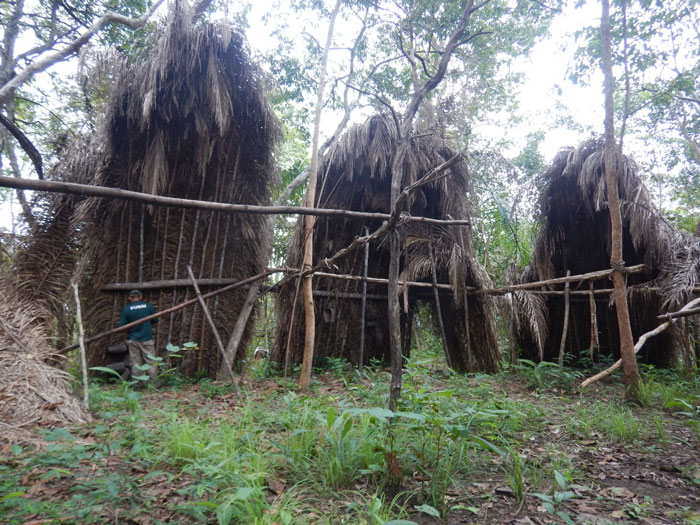
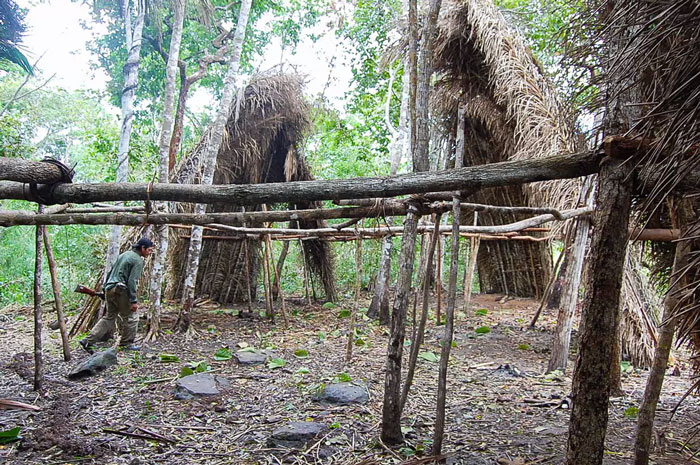


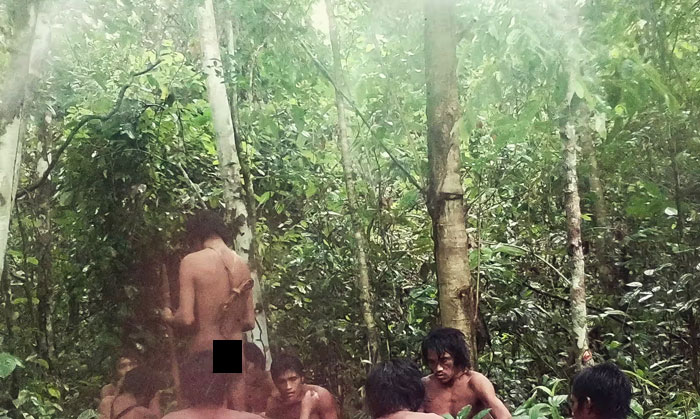

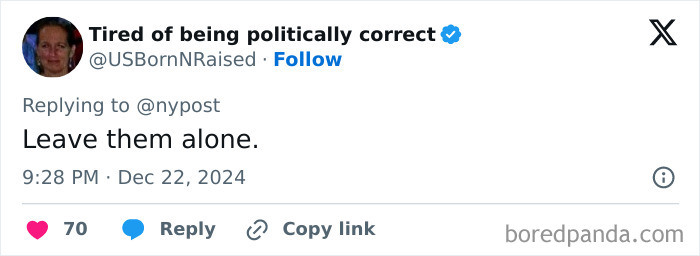


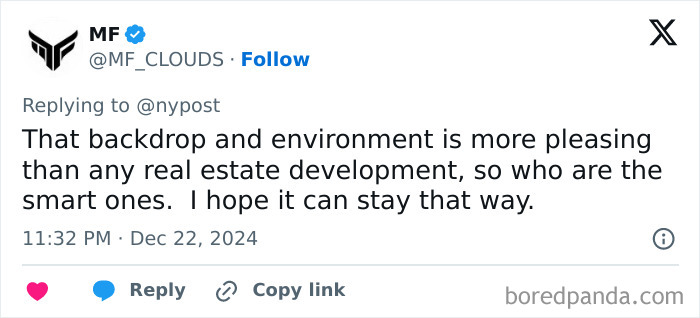














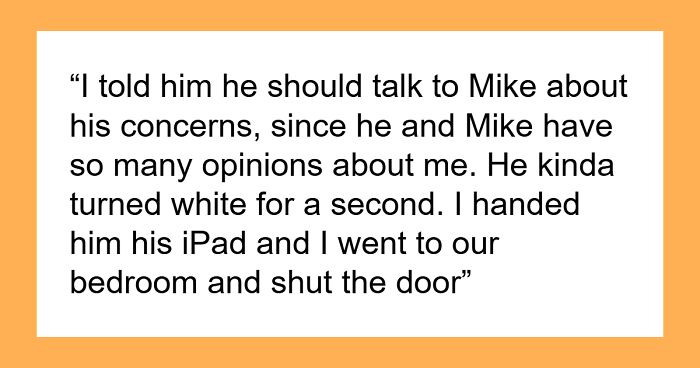
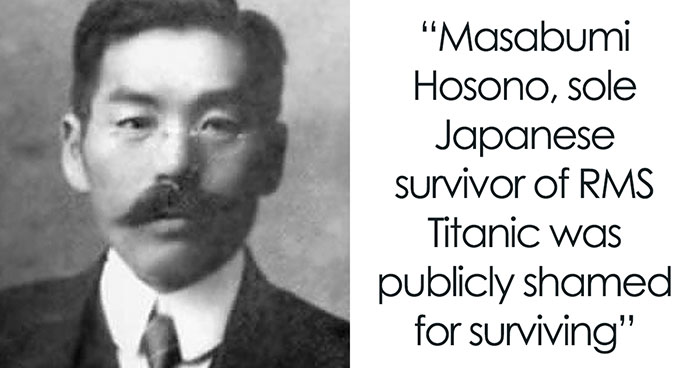






























39
22